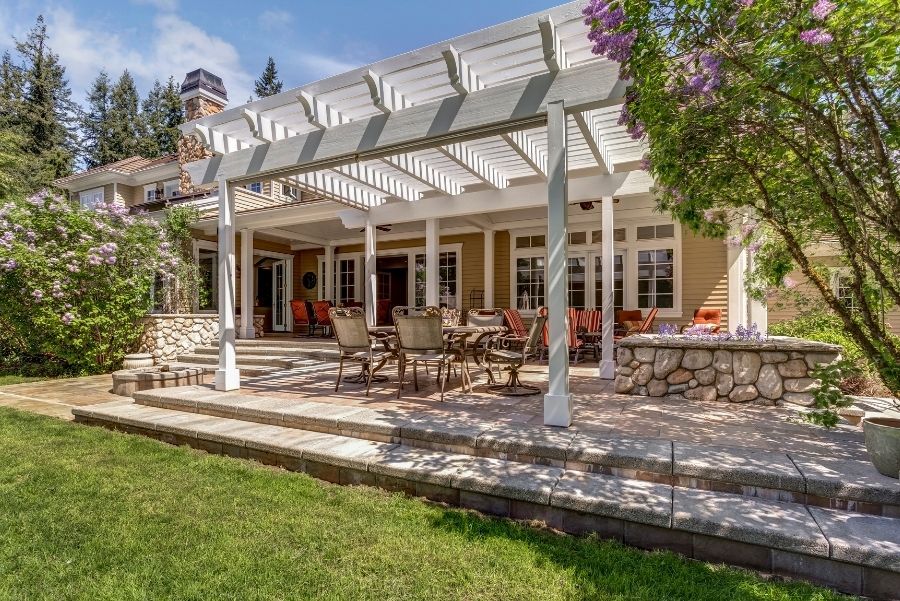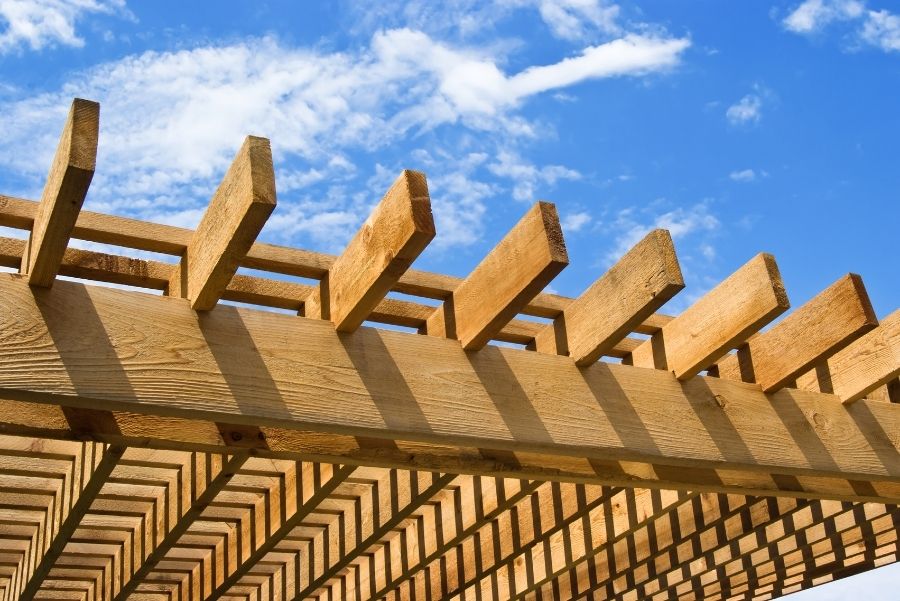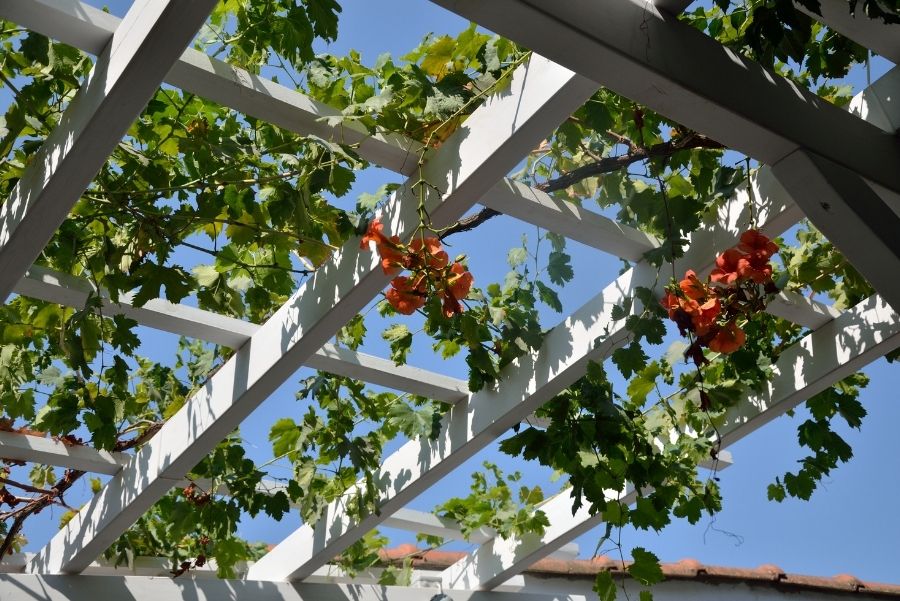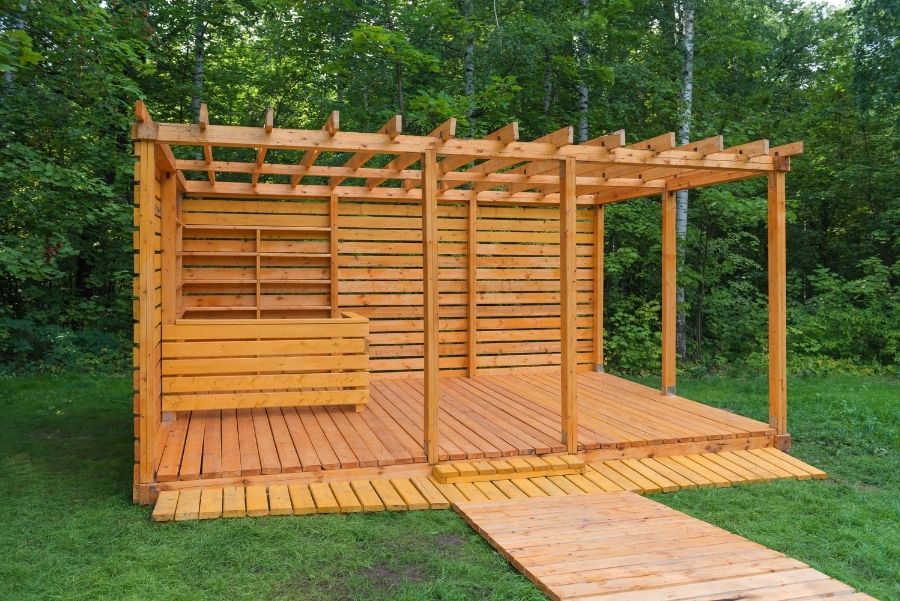Pergola is a structure built to provide shades. The built-up is supported by four vertical posts. Post bases are used to affix pergola to the deck, which hold weight to the entire structure. Precautions have to be undertaken if a pergola is attached to the house, for, e.g. a water-weight connection.
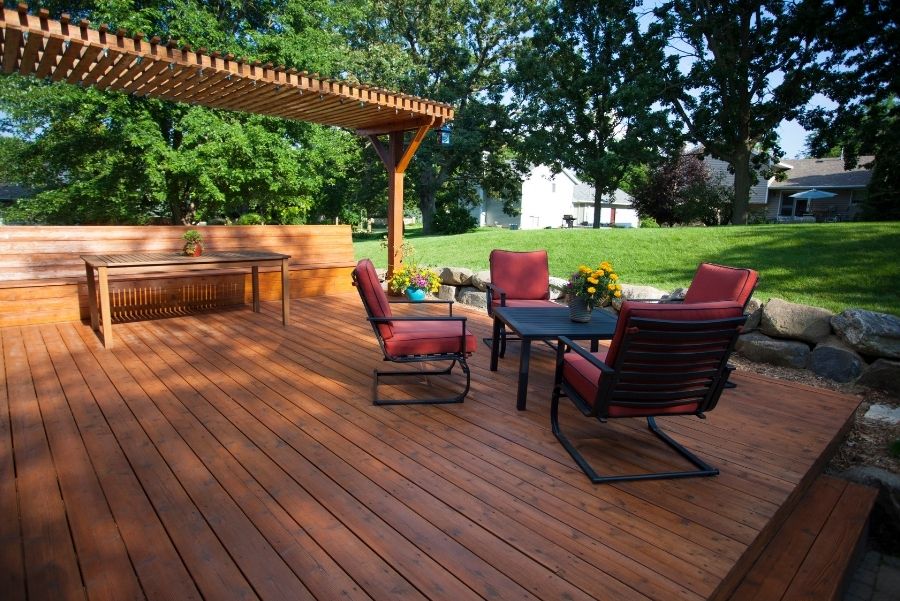
Size of Pergola
The sizes of the overhead vary, and the lowest boards are the heaviest. Building a pergola is subject to building codes. The structure is built to withstand substantial items, namely snowflakes, which can develop up to 4 inches or more. The snow piling on the pergola is similarly heavy as the pile-up on the roof of the house. Many local building authorities mandated that a minimum of 20 per square feet of live load for the structure to support.
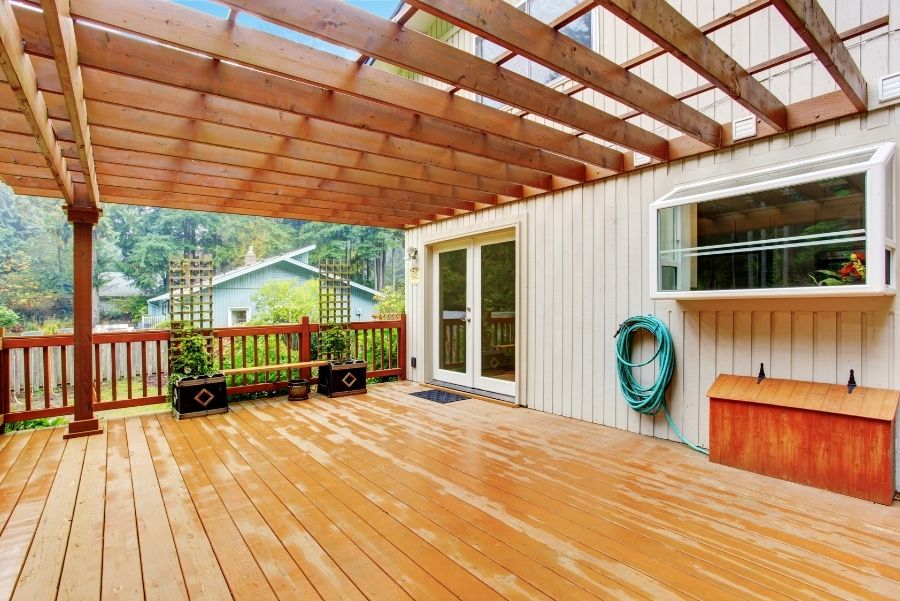
Pergola Installation
Installation of the pergola on the deck sets it up higher and makes the structure vulnerable to the wind’s movement. The pergola’s reliable and robust attachment over a patio is necessary to withstand unpredictable weather, for, e.g. high wind condition. A similar technique as attaching the rail post is used to tighten the pergola beam to the deck’s frame. Most deck builders will bolt pergola support to the deck’s frame using (2) ½” X 6 lag screws with washers per post.
The heavy top of the pergola would not sway in the wind with the lateral bracing in place, which forces the pergola to act as a sail. Attaching the sections of rail between posts will strengthen the pergola. Installation of braces between the posts and headers would increase the stability of the structure.
The structure is vulnerable to termite infestation when attaching to the deck, according to Sean from Decking Central Coast. The use of insect-repellant wood, namely pressure-treated wood, is ideal for a durable design. No roof should be added to ensure the stability of the pergola attaching to the deck.
These features are to be considered when a decision is made to install a pergola over a deck. The building codes dictate that putting up decking is permitted development and no planning permission is required provided that:-
- The decking is no more than 30 cm above the ground
- The decking or platform covers no more than 50% of the garden area
- None of the decking or medium is on land forward of a wall forming the principal elevation.
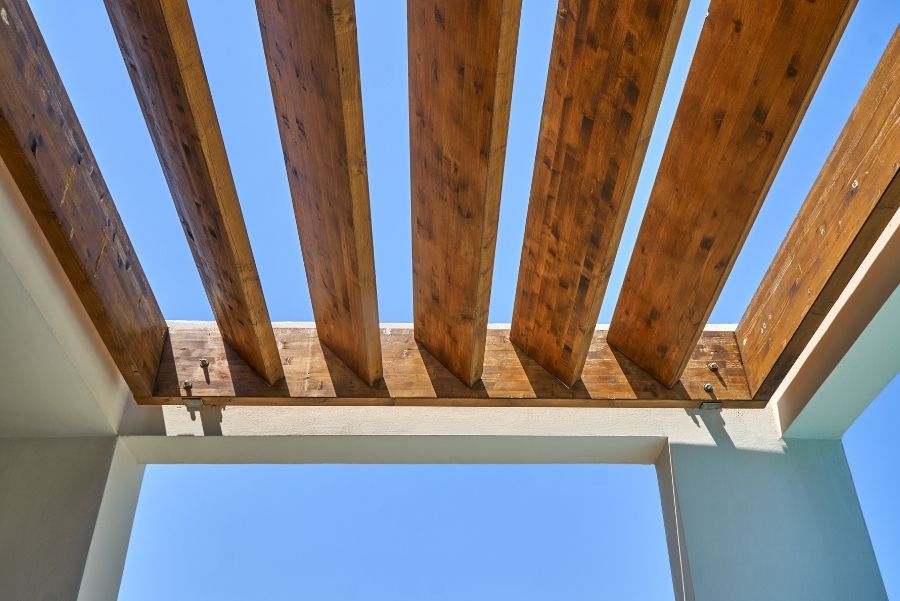
In certain areas, additional limitations apply:
- In the case of any land within the curtilage of the house which is within (a) World Heritage Site, (b) National Park, (c) an area of outstanding natural beauty or (d) the Broads (Listed buildings/properties), development is not permitted if the total size of ground covered by buildings, enclosures, pools and containers situated more than 20 metres from any wall of the house to be greater than 10 square metres, planning permission is required.
Any development at the sides of the Listed buildings/properties requires planning permission. Any outbuildings within the curtilage of listed buildings/properties will require planning permission.
